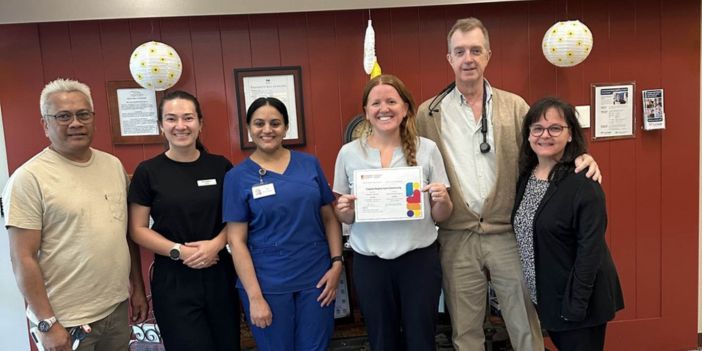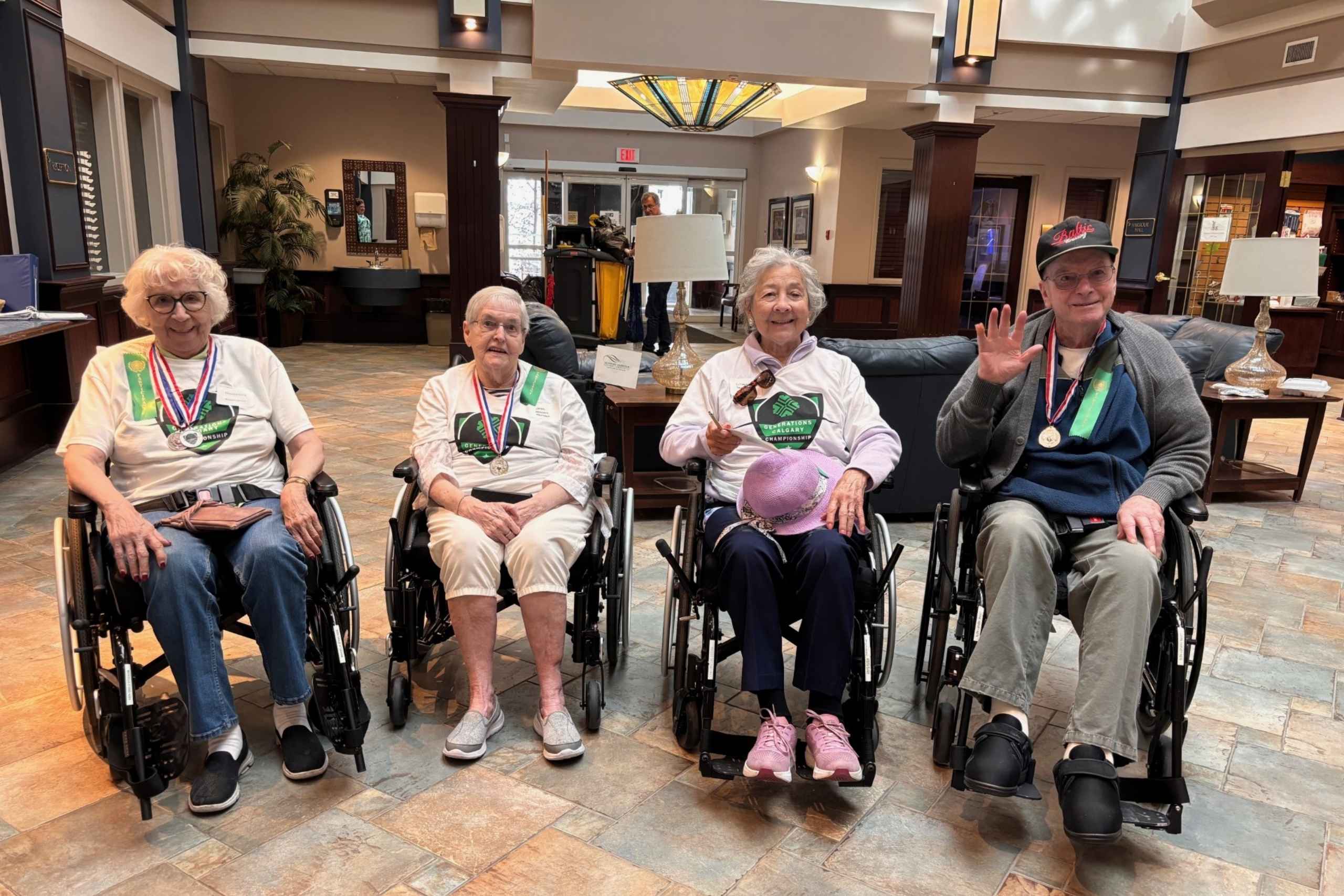Honouring Alberta’s Veterans: Stories of Service, Resilience, and Community
June 2, 2025 | By Park Place Seniors Living |
At Park Place Seniors Living, we are proud to care for residents whose life stories reflect incredible strength, sacrifice, and commitment. Among them are veterans whose service shaped not only the course of history, but also the communities they helped build long after their time in uniform.
Today, we’re honoured to share the stories of three Alberta-based veterans who embody courage, resilience, and a lifelong spirit of service. From World War II to the Cold War and beyond, their lives remind us of the enduring impact of military service and the importance of preserving these personal histories.
Major John Reynolds
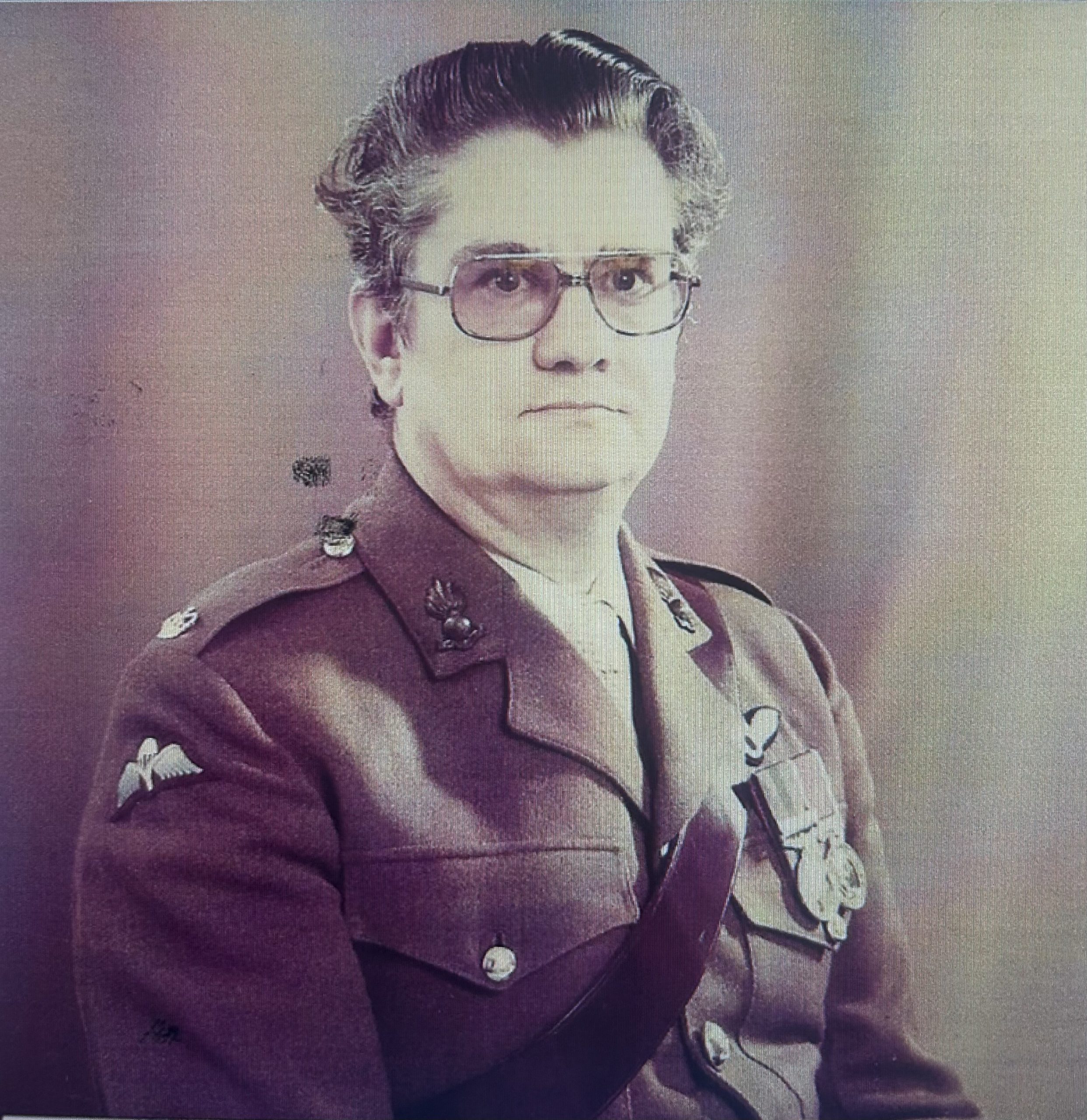
Born in London, England, in 1930, John Reynolds grew up during the Blitz and the terrifying V1 and V2 rocket attacks. He left school at 15
and was called up for National Service in 1948, but soon found his place in the regular Army. Over the next 30 years, he would serve in Singapore, Hong Kong, and West Germany during the Cold War, Canada, and Malaysia, eventually rising to Warrant Officer Class 1 and later being commissioned as a Major.
When John retired in 1980, he and his wife emigrated to Canada and settled in Medicine Hat, Alberta. Retirement did not slow him down – he quickly joined the Royal Canadian Legion, organizing Remembrance and Decoration Day parades and serving the community for over a decade. In 2008, he founded the Medicine Hat United Services Institute, which earned the rare honour of becoming a Royal Institute in 2013, a distinction granted by Her Majesty Queen Elizabeth II.

John’s legacy is one of leadership, loyalty, and tireless public service, a life defined by duty both in uniform and in civilian life.
From mentoring young soldiers to preserving the memory of veterans through parades and community initiatives, he exemplified the values he spent a lifetime upholding. His efforts have left a lasting mark not only on the institutions he helped build, but on the people and communities he served so faithfully.
Joyce Condon (née Appleyard)
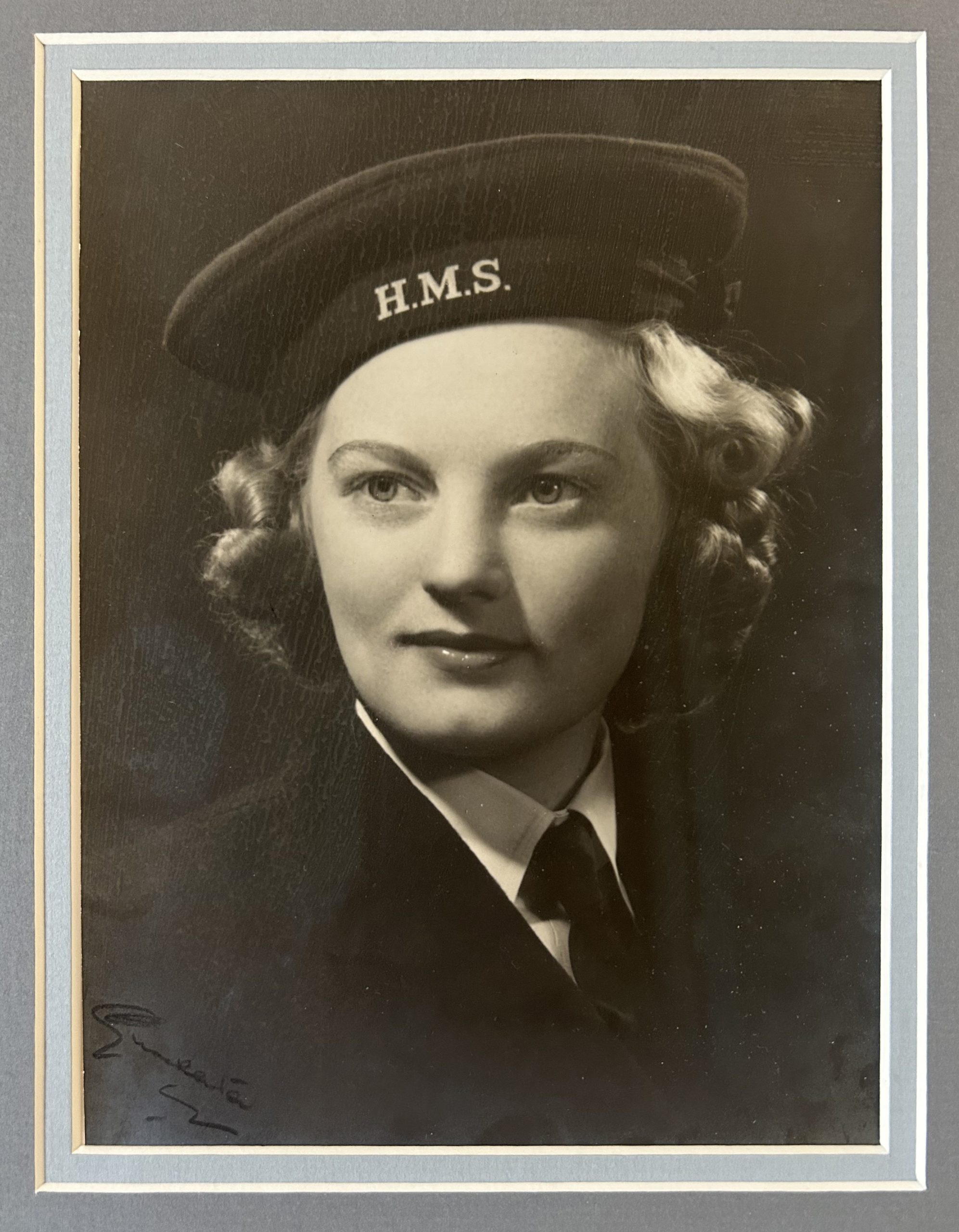 Joyce Condon was born in 1924 in Leeds, Yorkshire, England. At 18, with World War II in full force, she volunteered for the Women’s Royal Naval Service (WRNS), training as a radio mechanic. Joyce maintained communication systems for the Fleet Air Arm and the Royal Naval Wireless Station, staying in touch with ships across the British Isles and Mediterranean.
Joyce Condon was born in 1924 in Leeds, Yorkshire, England. At 18, with World War II in full force, she volunteered for the Women’s Royal Naval Service (WRNS), training as a radio mechanic. Joyce maintained communication systems for the Fleet Air Arm and the Royal Naval Wireless Station, staying in touch with ships across the British Isles and Mediterranean.
Like many during the war, Joyce endured the constant threat of V1 and V2 rocket attacks, known colloquially as “doodlebugs” due to the distinctive buzzing sound of the V1 flying bombs. The fear of these unpredictable attacks became an inescapable part of daily life, but Joyce persevered, continuing her vital work despite the dangers.
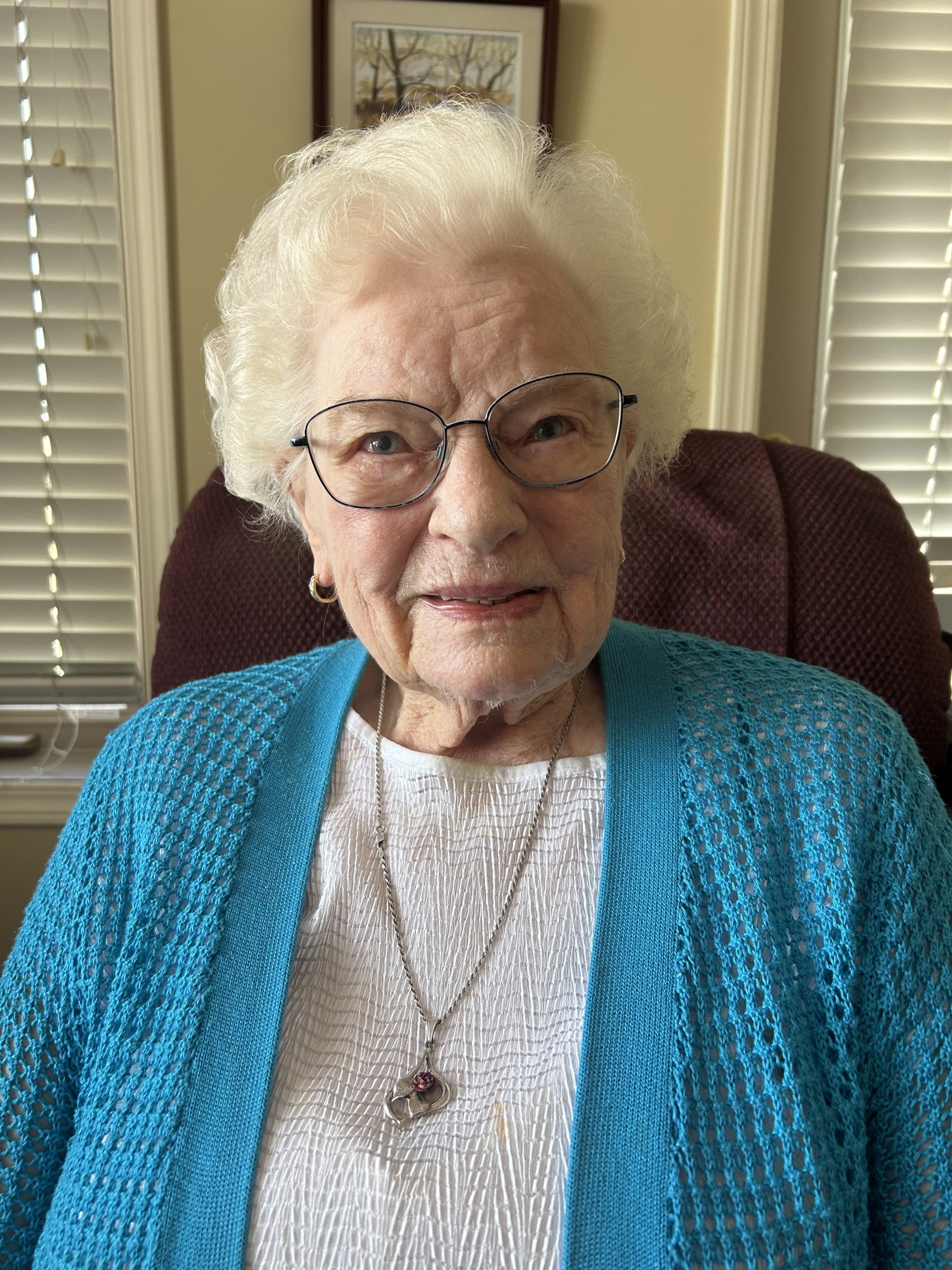 After Victory in Europe Day, Joyce was transferred by troopship to a naval base in Sydney, Australia, helping free up male troops to continue the fight in the Pacific. She was demobilized in July 1946 and pursued post-secondary education in Britain, completing teacher training and meeting her future husband.
After Victory in Europe Day, Joyce was transferred by troopship to a naval base in Sydney, Australia, helping free up male troops to continue the fight in the Pacific. She was demobilized in July 1946 and pursued post-secondary education in Britain, completing teacher training and meeting her future husband.
In 1956, Joyce and her husband emigrated to Canada, where they raised their family. Her story is a powerful testament to the courage of wartime women and their integral contributions during WWII, as well as the enduring strength it takes to build a new life in a new country.
Lorne James “Jim” Harvey
Jim Harvey dedicated three decades (1955-1984) to the Royal Canadian Air Force as an aircraft avionics technician, serving at bases across the country from Moose Jaw to Comox. His career highlights are as varied as they are impressive: supporting the famed Golden Hawks aerobatic team, providing military security during the 1976 Montreal Olympics, and flying search and rescue missions with the 442 Squadron.
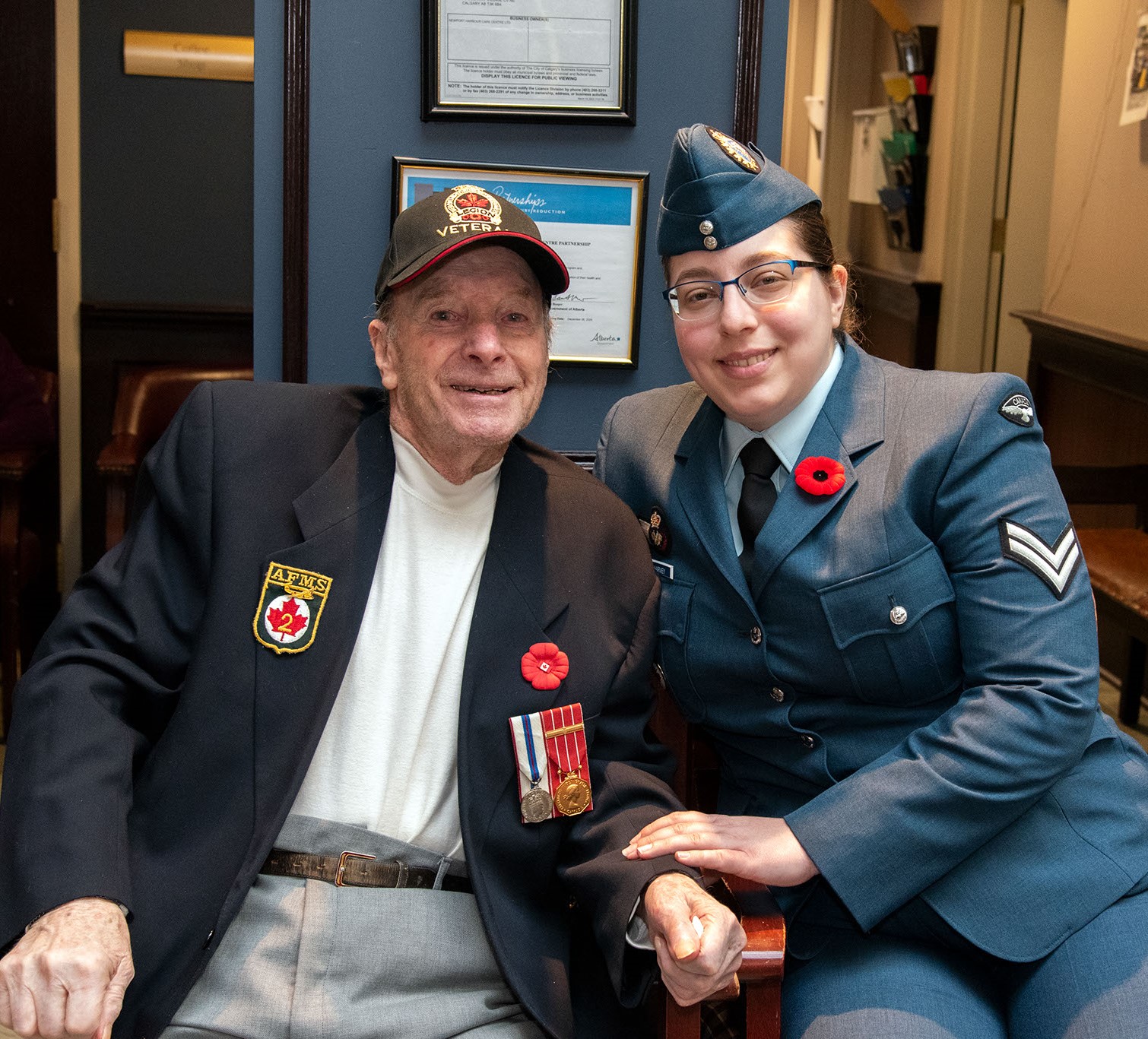
Jim is celebrated not just for his service, but for the spirited way he approached life. He once ‘borrowed’ a Chipmunk aircraft and flew it home from a training flight after his pilot friend had consumed more alcohol than was advisable – an unorthodox solution that captured his can-do (and slightly mischievous) nature. He also helped organize an unforgettable helicopter ride for his son’s peewee hockey team, arranging for a military ‘training flight’ from Ottawa to Toronto and back for an exhibition game.
Beyond the Air Force, Jim was a pillar of every community he lived in. He coached and refereed sports, led scout groups, served on community councils, and helped establish credit unions. Whether driving the Zamboni at the local rink or organizing logistics for major sporting events, Jim gave his all.
Jim’s legacy is one of service, dedication, and a love for community – qualities he continues to embody today. If you find he’s a little hard of hearing, consider his many hours on the flight line when safety standards weren’t quite what they are today, a testament to his commitment to his work and country. His influence runs deep, as both his children and grandchildren have followed in his footsteps with careers in the Royal Canadian Air Force, carrying on a proud family tradition of military service.
Remembering and Honouring All Veterans
At Park Place Seniors Living, we are privileged to hear and honour the remarkable life stories of residents like John, Joyce, and Jim. Their contributions – serving in wartime, supporting national events, mentoring youth, or building local organizations – remind us of the lasting impact veterans have on both our history and our communities.
We’re proud to provide a home for these veterans and to celebrate the legacy they carry. Their stories matter, and by sharing these stories, we honour their experiences and recognize the lasting impact of their service.

